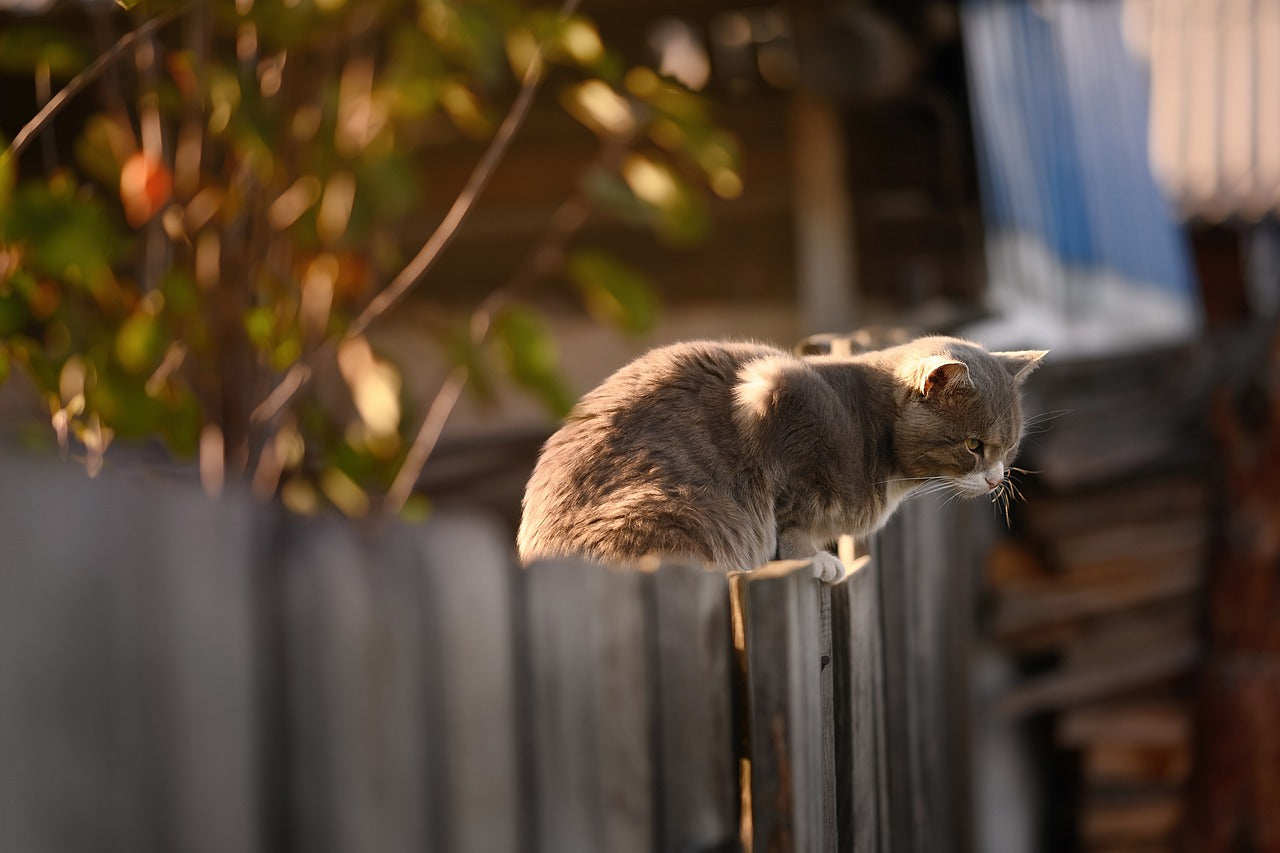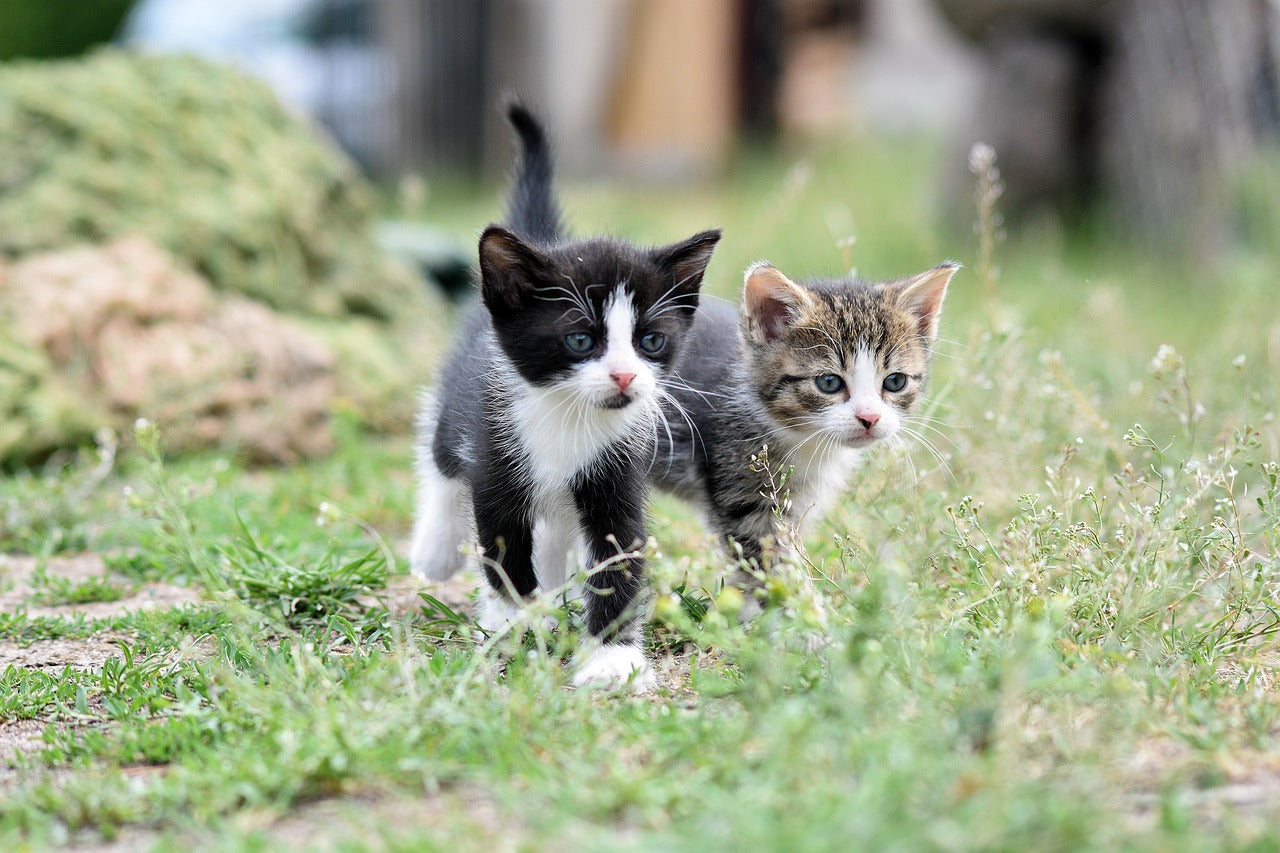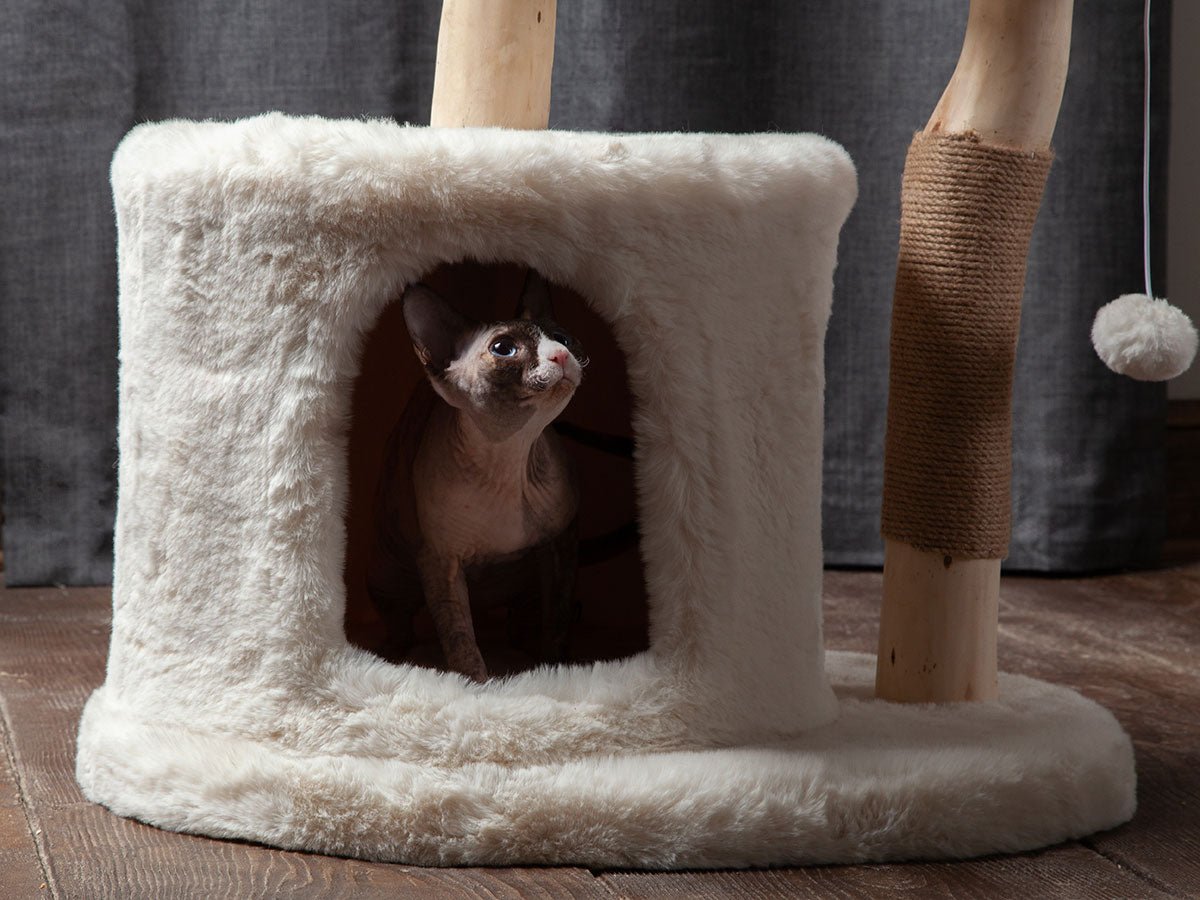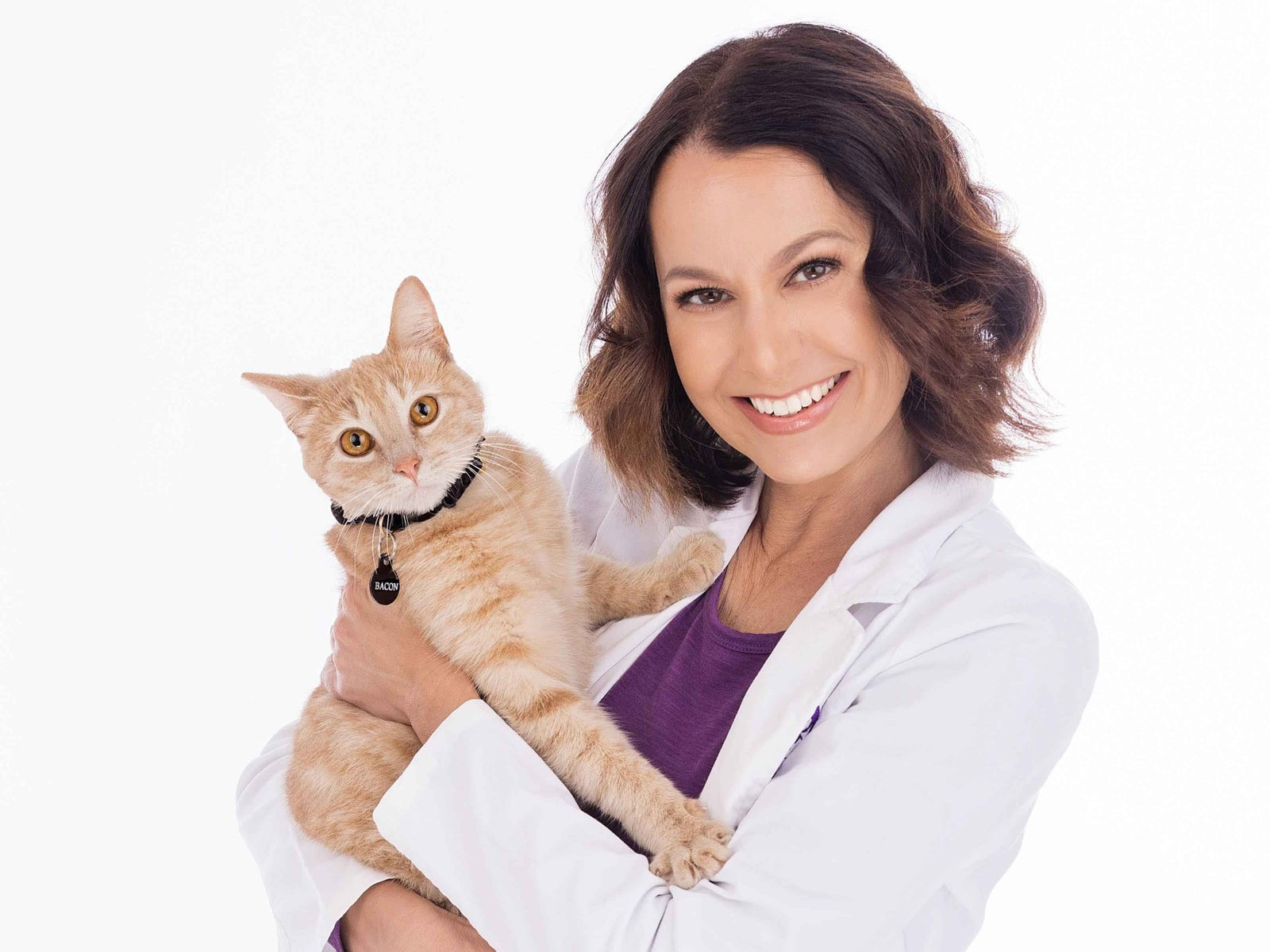Avian influenza, known as “bird flu”, is an infectious viral disease primarily affecting bird species. However, certain strains have been known to infect mammals, including domestic pets like cats and dogs. Understanding the nature of avian influenza, its transmission methods, and its impact on pets is crucial for pet owners aiming to safeguard their animals' health.
What is Avian Influenza?
Avian influenza is caused by influenza type A viruses, which naturally occur among wild aquatic birds and can infect domestic poultry and other bird species. While many wild birds carry these viruses without showing symptoms, domestic birds can experience severe illness and high mortality rates when infected. The viruses are classified based on two proteins on their surface: hemagglutinin (H) and neuraminidase (N). Notably, the H5N1 strain has garnered significant attention due to its pathogenicity and its ability to infect mammals.
Transmission of Avian Influenza
The virus spreads among birds through direct contact with infected birds, contaminated surfaces, or materials like water and feed. In mammals, including pets, infection can occur through:
-
Ingestion: Consuming infected birds or contaminated raw poultry products.
-
Inhalation: Breathing in respiratory droplets from infected birds.
-
Direct Contact: Touching contaminated surfaces or coming into contact with secretions from infected birds.
Can Cats and Dogs Contract Bird Flu?
Yes, both cats and dogs are susceptible to certain strains of avian influenza, particularly the H5N1 strain. Cases have been documented where domestic cats became infected after consuming infected birds or contaminated raw poultry products. For instance, in early 2025, there were reports of cats in Oregon being euthanized after consuming raw pet food tainted with the H5N1 virus.
While dog infections are less commonly reported, they are still possible, especially if dogs are exposed to infected birds or contaminated environments. Pet owners should exercise caution and prevent their pets from interacting with wild birds or consuming raw poultry products.
Symptoms of Avian Influenza in Pets
Infected pets may exhibit a range of symptoms, including:
-
Respiratory Signs: Coughing, sneezing, nasal discharge, and difficulty breathing.
-
Gastrointestinal Issues: Vomiting and diarrhea.
-
Neurological Symptoms: Incoordination, seizures, or other neurological abnormalities.
-
General Signs: Lethargy, decreased appetite, and fever.
It's important to note that some pets may not show obvious signs of illness despite being infected.
Diagnosis and Treatment
If avian influenza is suspected in a pet, a veterinarian will perform diagnostic tests, such as swabs of the respiratory tract, to detect the presence of the virus. Treatment is primarily supportive and may include:
-
Antiviral Medications: To reduce the severity of the disease.
-
Fluid Therapy: To maintain hydration.
-
Nutritional Support: To ensure adequate nutrition during illness.
-
Isolation: To prevent the spread of the virus to other animals or humans.
Preventive Measures for Pet Owners
To minimize the risk of avian influenza in pets:
-
Keep Pets Contained in Enclosures: Housing pets, especially outdoor cats, in enclosed spaces such as outdoor pet enclosures, can reduce their risk of exposure to infected birds. Enclosures provide a controlled environment where pets can enjoy fresh air without direct contact with wild birds or contaminated surfaces. Outdoor cats attack billions of birds each year.
-
Avoid Raw Poultry Diets: Refrain from feeding pets raw meat or unpasteurized products, as they can be sources of the virus.
-
Supervise Outdoor Activities: Prevent pets from hunting or scavenging birds, especially in areas with known avian influenza outbreaks.
-
Maintain Hygiene: Wash hands thoroughly after handling birds or poultry products and before interacting with pets.
-
Stay Informed: Keep abreast of local avian influenza reports and follow guidelines issued by health authorities.
Conclusion
While avian influenza primarily affects birds, certain strains can infect mammals, including cats and dogs. Pet owners should be vigilant about their pets' interactions with birds, their consumption of raw poultry products, and their environmental exposure. Implementing preventive measures such as keeping pets in enclosures, providing proper nutrition, and seeking prompt veterinary care if symptoms arise are key steps in protecting pets from this disease.
References:





